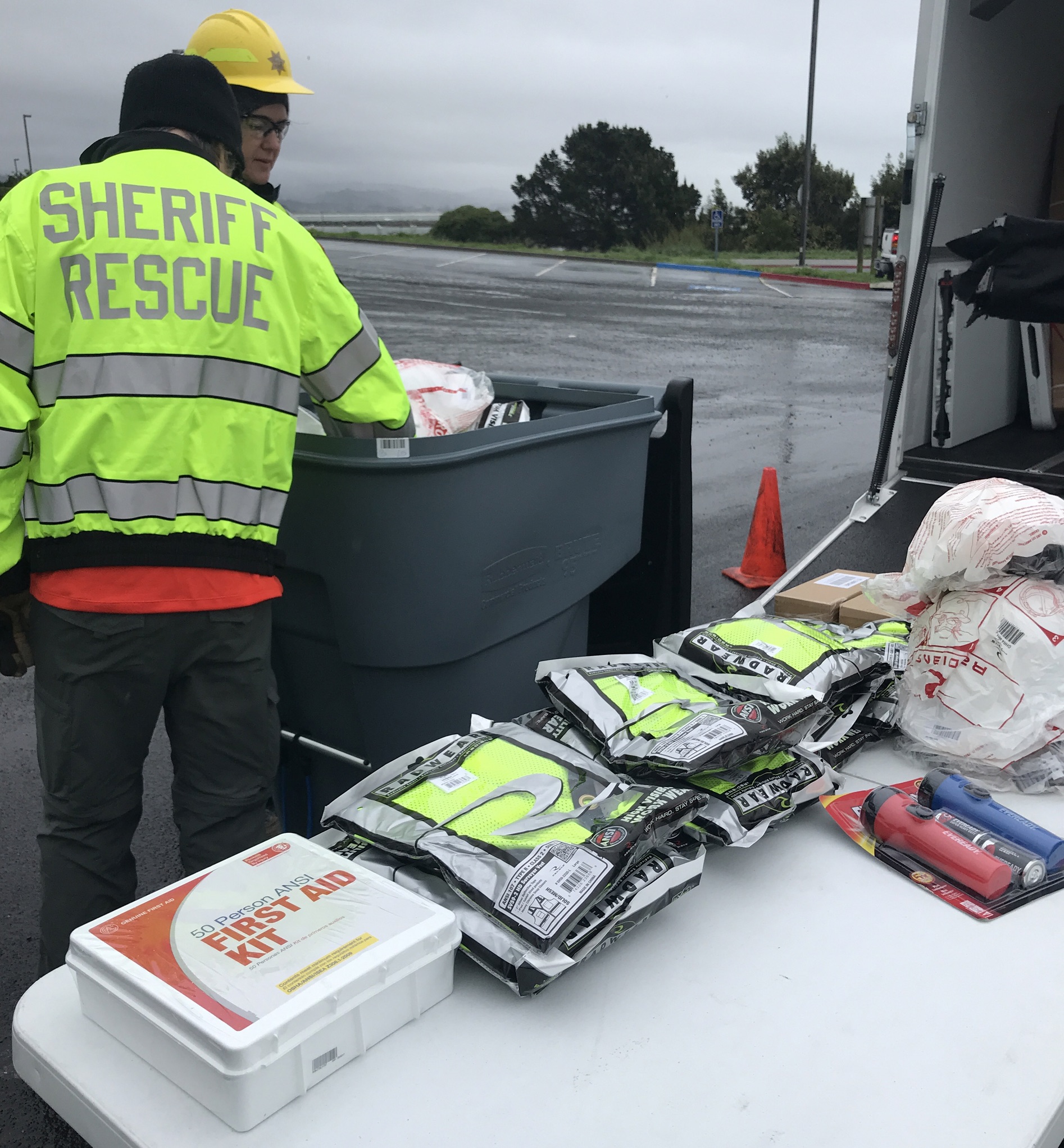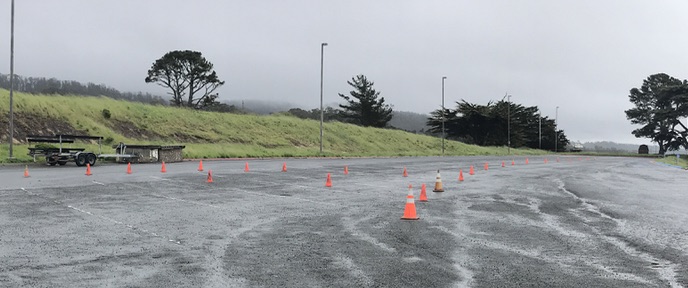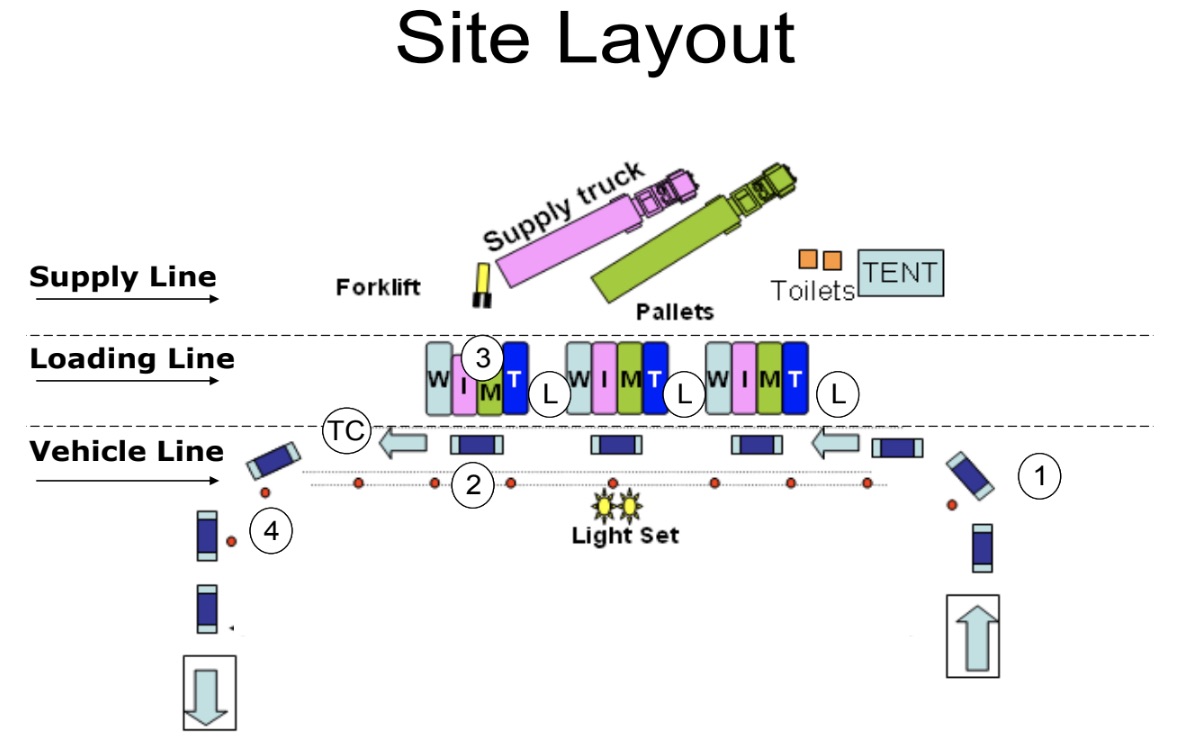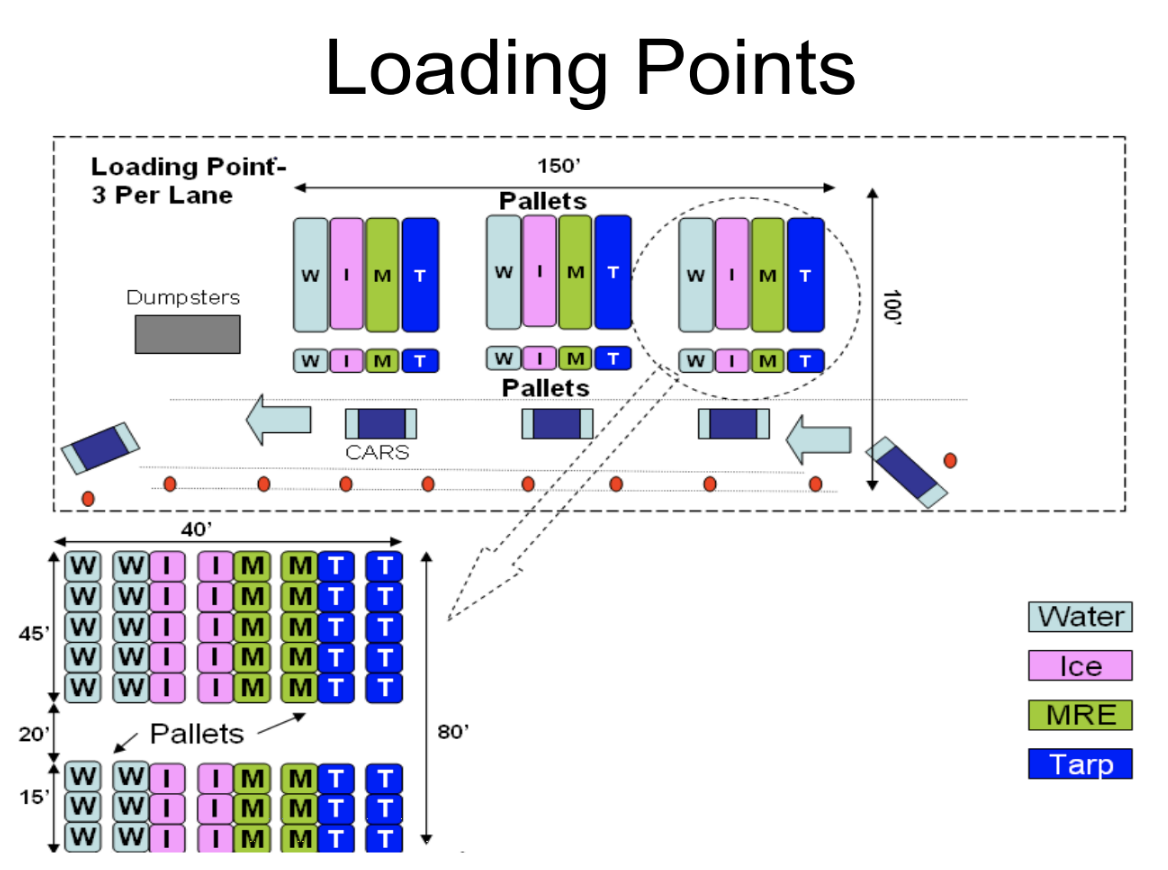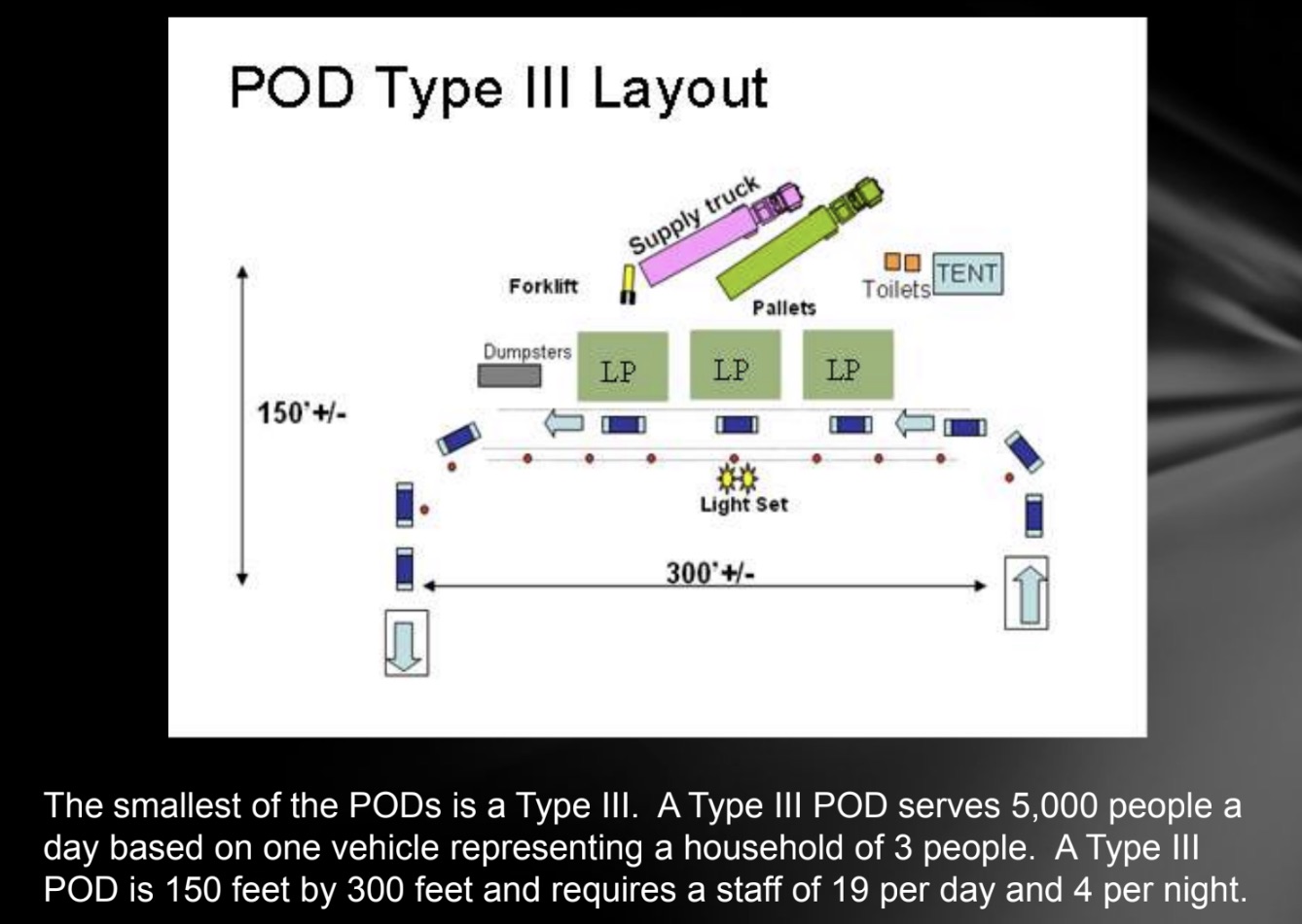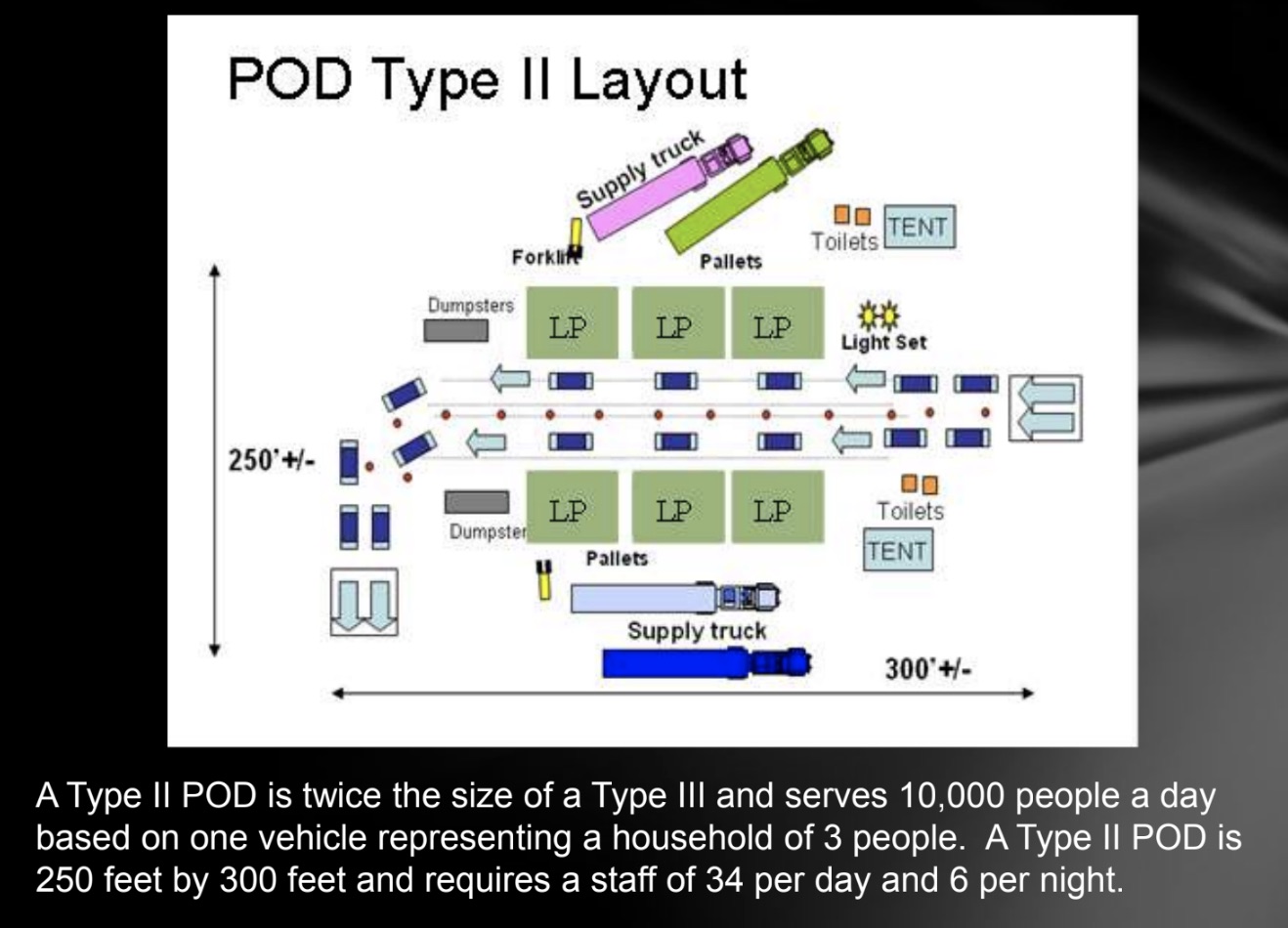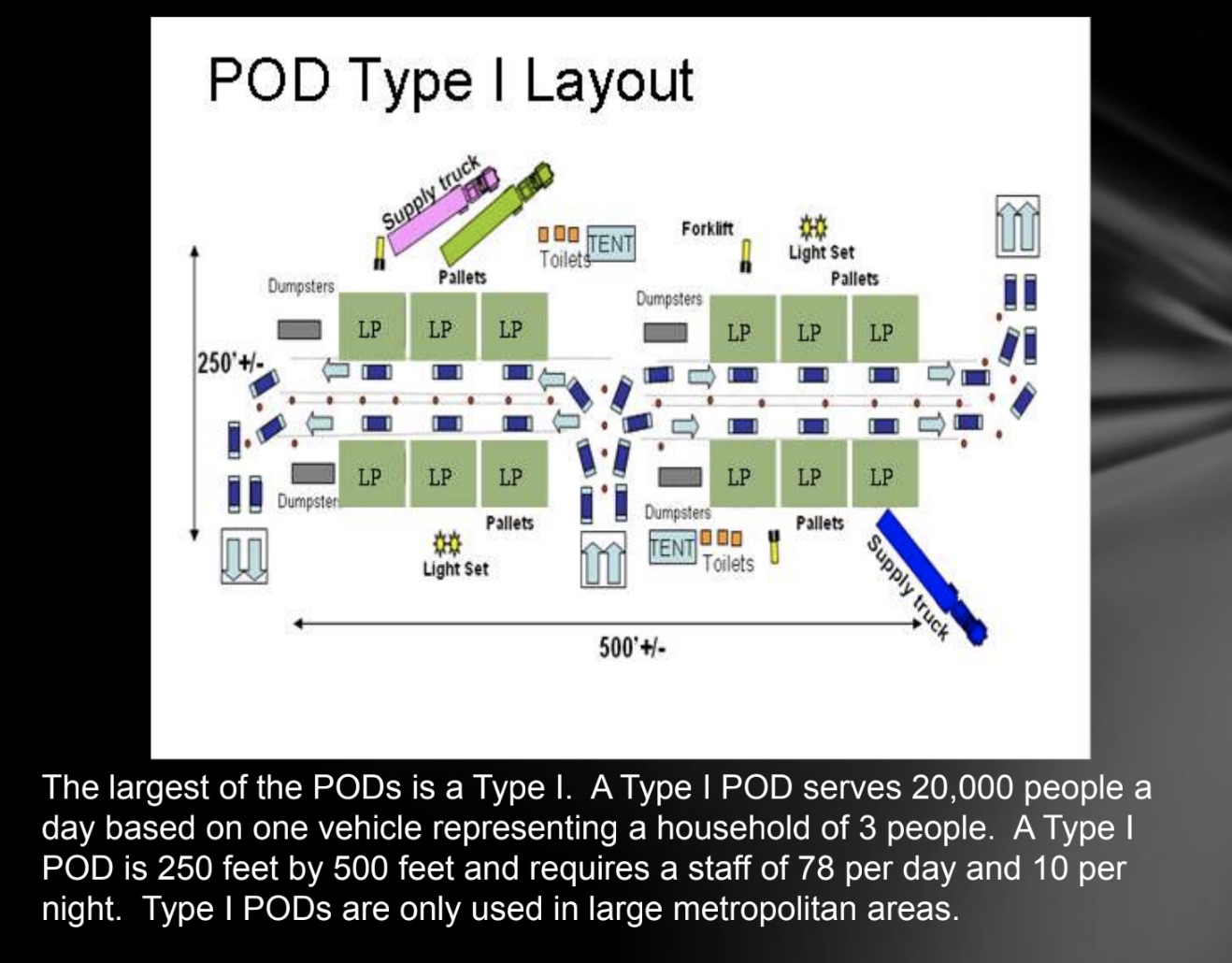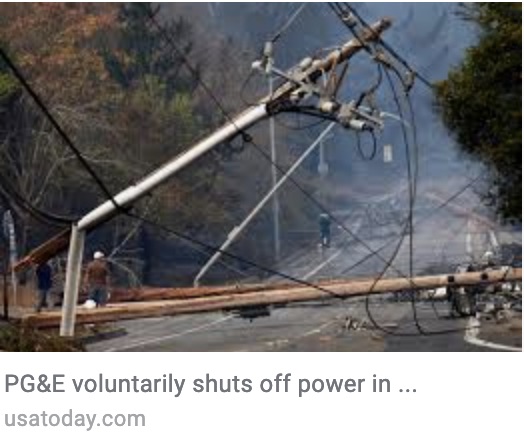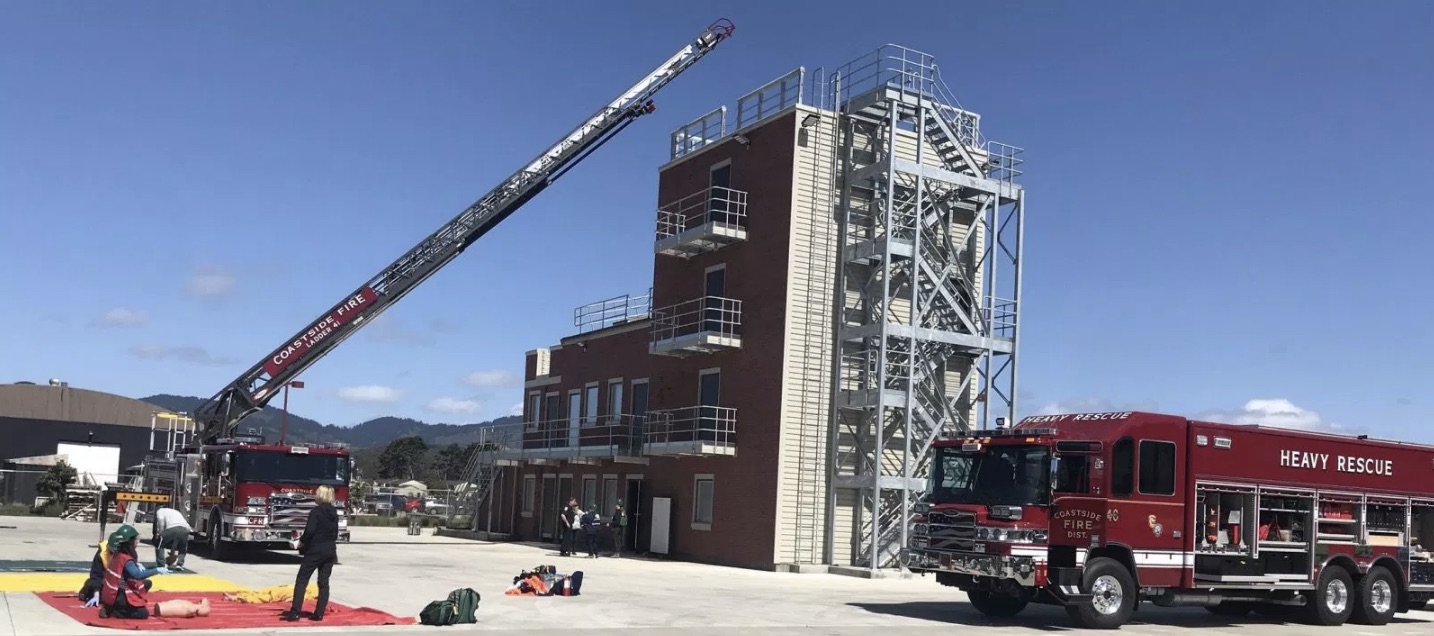|
Getting your Trinity Audio player ready...
|
POD Training for Emergency Response
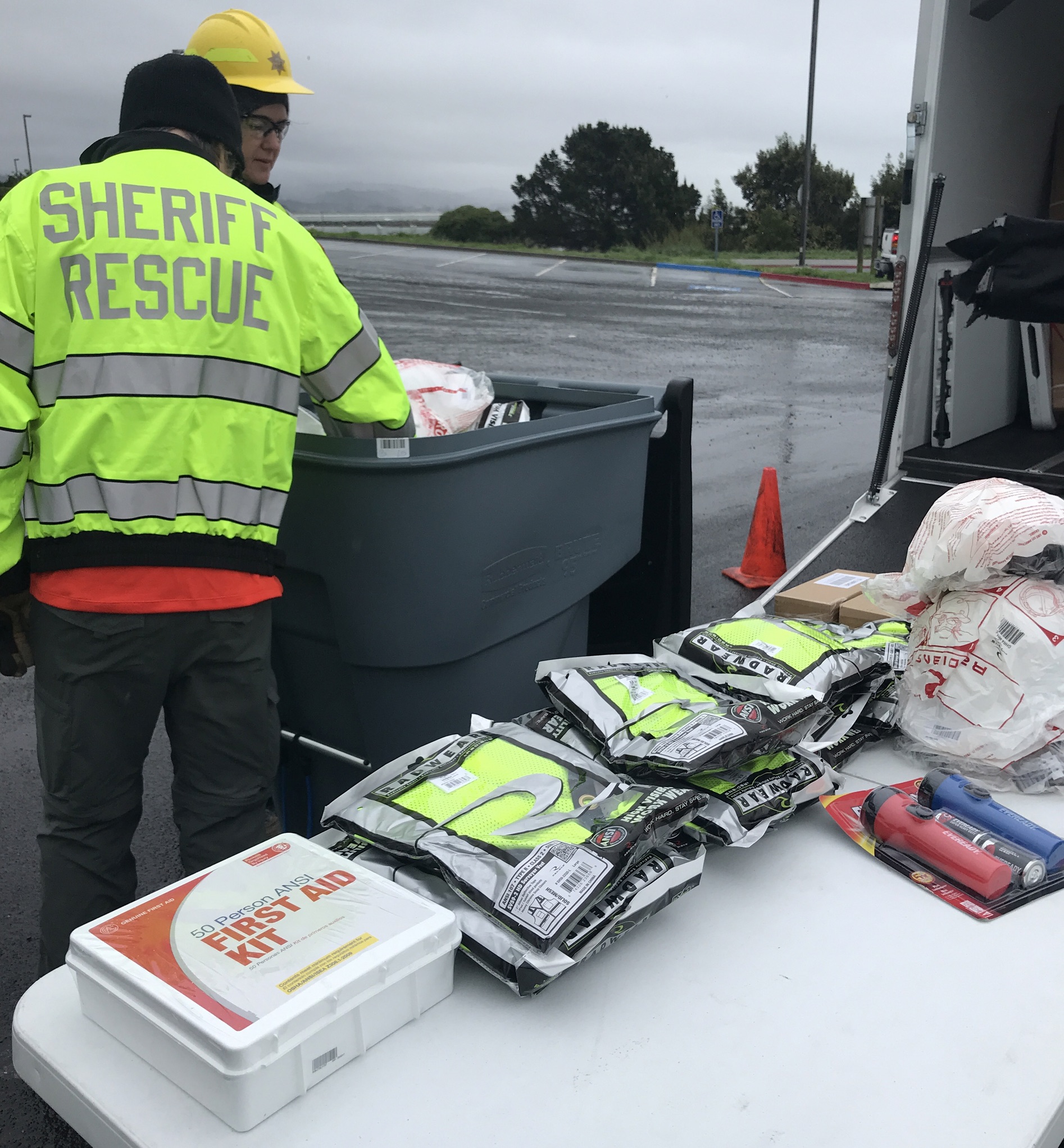
Dan Bennett of the San Mateo County Office of Emergency Services did a POD training at the Moss Beach Substation March 21st, 2018. Local San Mateo County Sheriff Office search and rescue and CERT volunteers attended.
It was part of a larger coastside emergency exercise. Pescadero set up a Red Cross Shelter. The HMB Airport ran communication exercises. It was rainy, windy and cold so the POD team did not do the full exercise. Next time we will get PODS off the boats at the boat ramp, to the harbor parking lot for distribution. PODs can be delivered by truck (usually), boat or plane.
Points of Distribution, or PODS, are centralized locations where the public picks up life sustaining commodities and important documentation following a disaster or emergency.
Common Distribution Methods
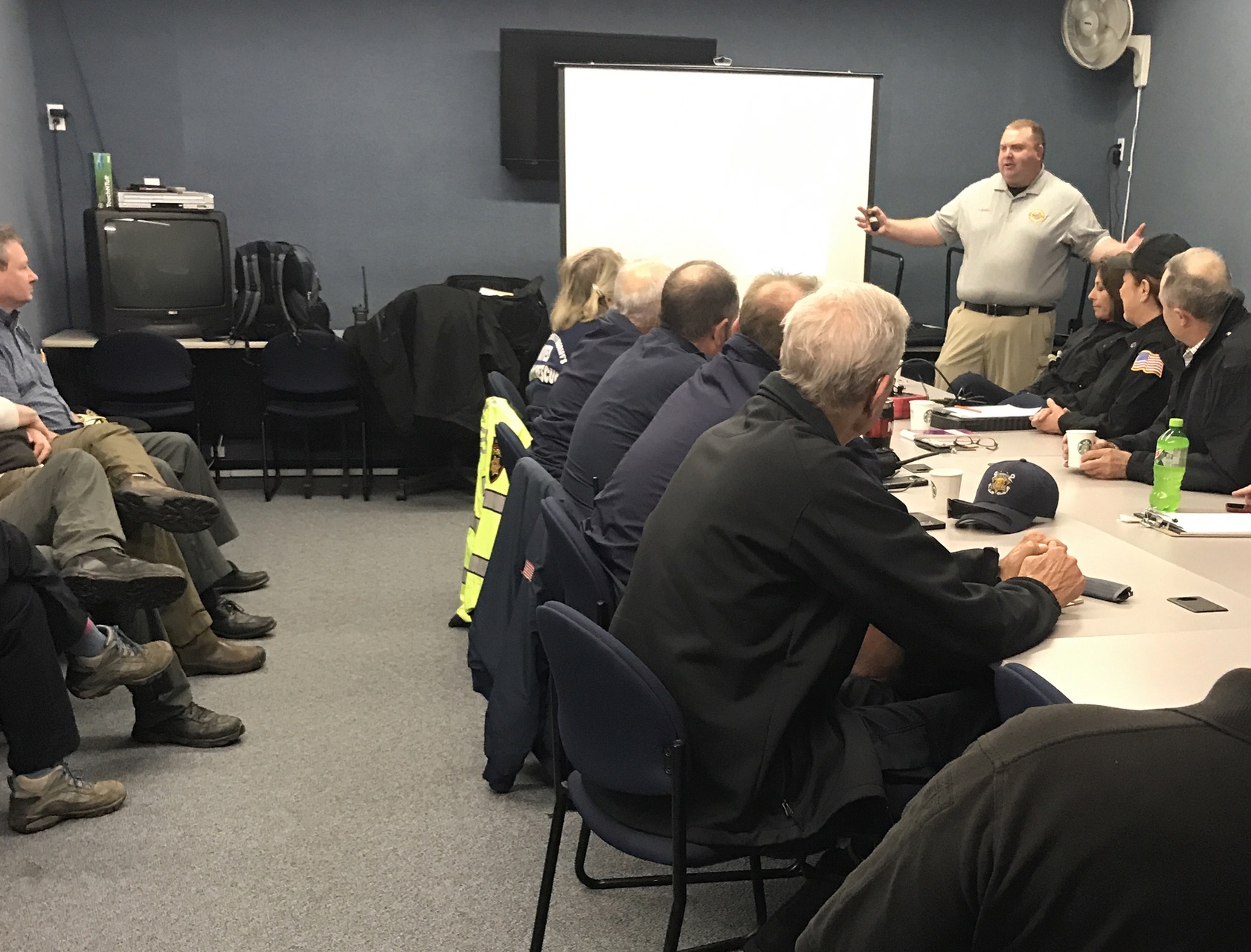
MOBILE DELIVERY is a method that utilizes vehicles to drive into an affected area and provide commodities at different drop locations, where the need is identified. This type of distribution is common is rural areas and where roads are damaged.
DIRECT DELIVERY coordinates with a specific location, such as a shelter, feeding site, or hospital for the delivery of specific items and quantities. These commodities could be food, water, comfort kits, etc. Direct deliveries are usually larger in size and more specific in commodity type than what is delivered through mobile delivery.
POINTS OF DISTRIBUTION are centralized points where supplies are delivered and the public travels to the site to pick up the commodities.
Roles and Responsibilities for the EOC (Emergency Operations Center)
The EOC determines the location and type of POD to be implemented. This is determined by:
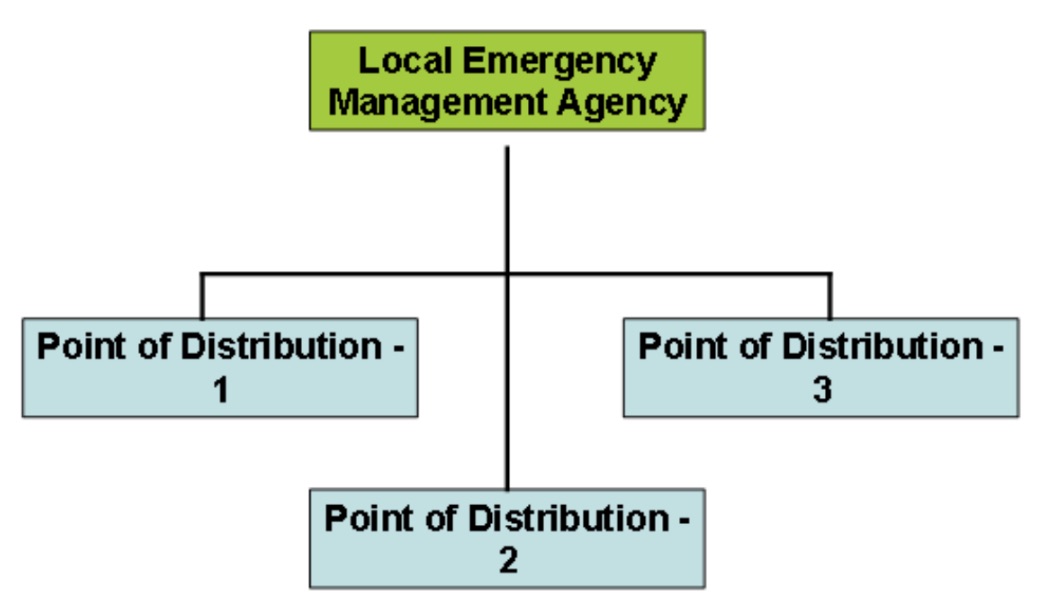
- population density
- public need
- resources needed, versus available
- available space and infrastructure to set up a POD
Logistics for the EOC to consider:
- workers may not be covered for workers compensation or liability
- may not have the resources to supply the pod
- may not have the capability to communicate or access the pod
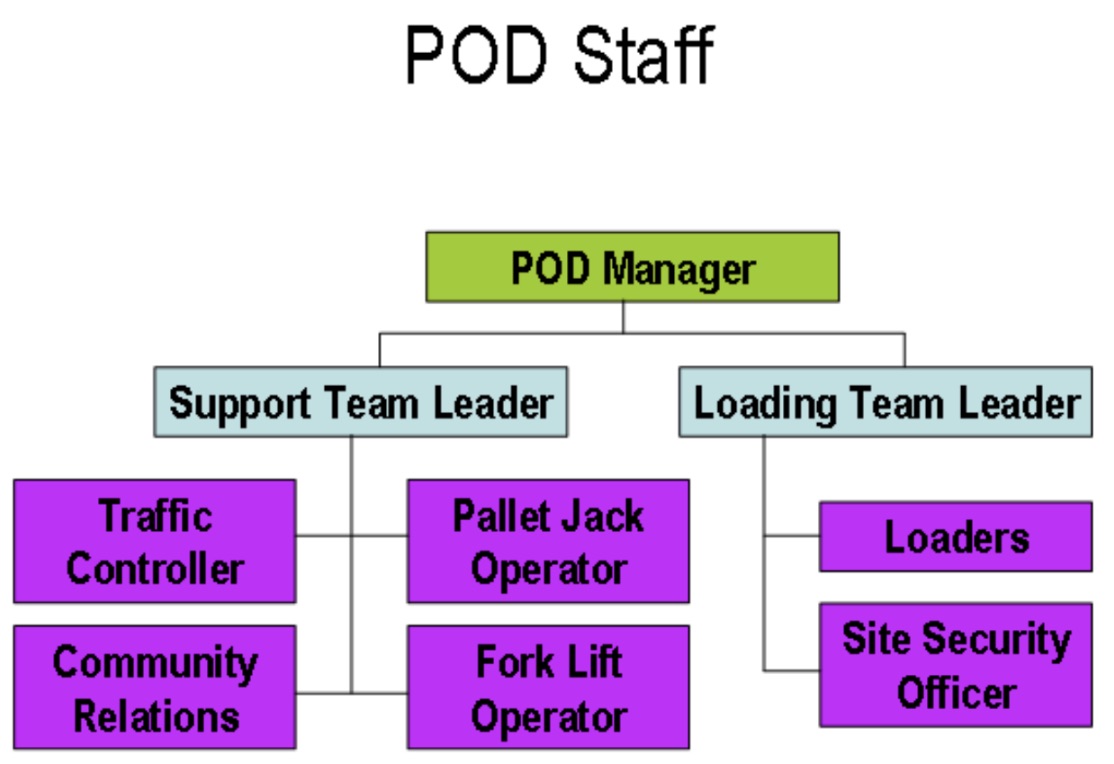
- may decide not to utilize pods as a form of public commodity distribution
- this may cause false expectations or false hopes from surrounding citizens and residents
- Selecting pod staff and locations
- Registering pod workers DSW
- Providing pod training
- Supplying pods
- Demobilizing pods
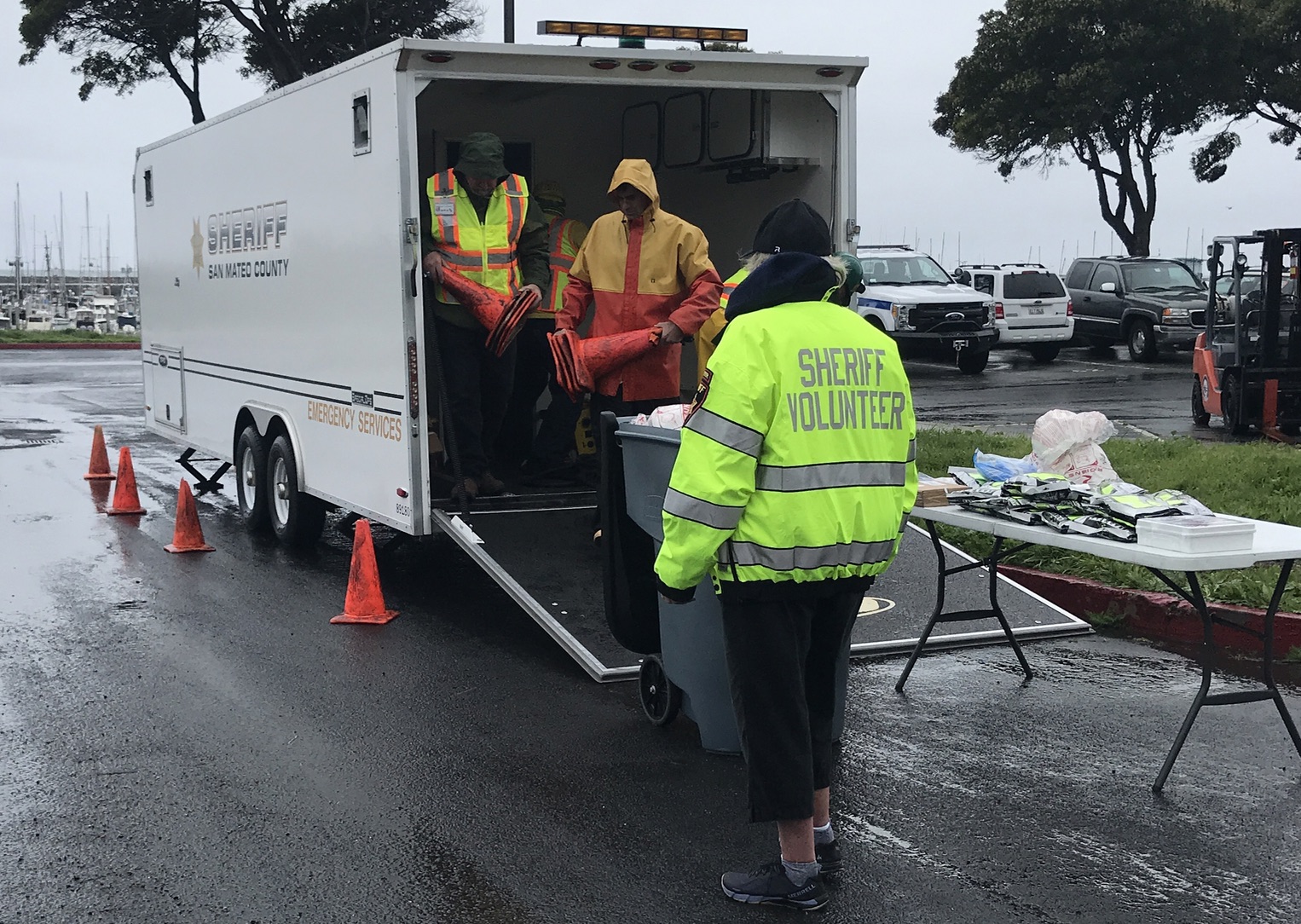
- Conducting pod reset
EOC designates:
- resources for each pod type of distributed commodity
- amount of distributed commodity
- pod material handling equipment
- activates a pod
Pod Manager Checklist
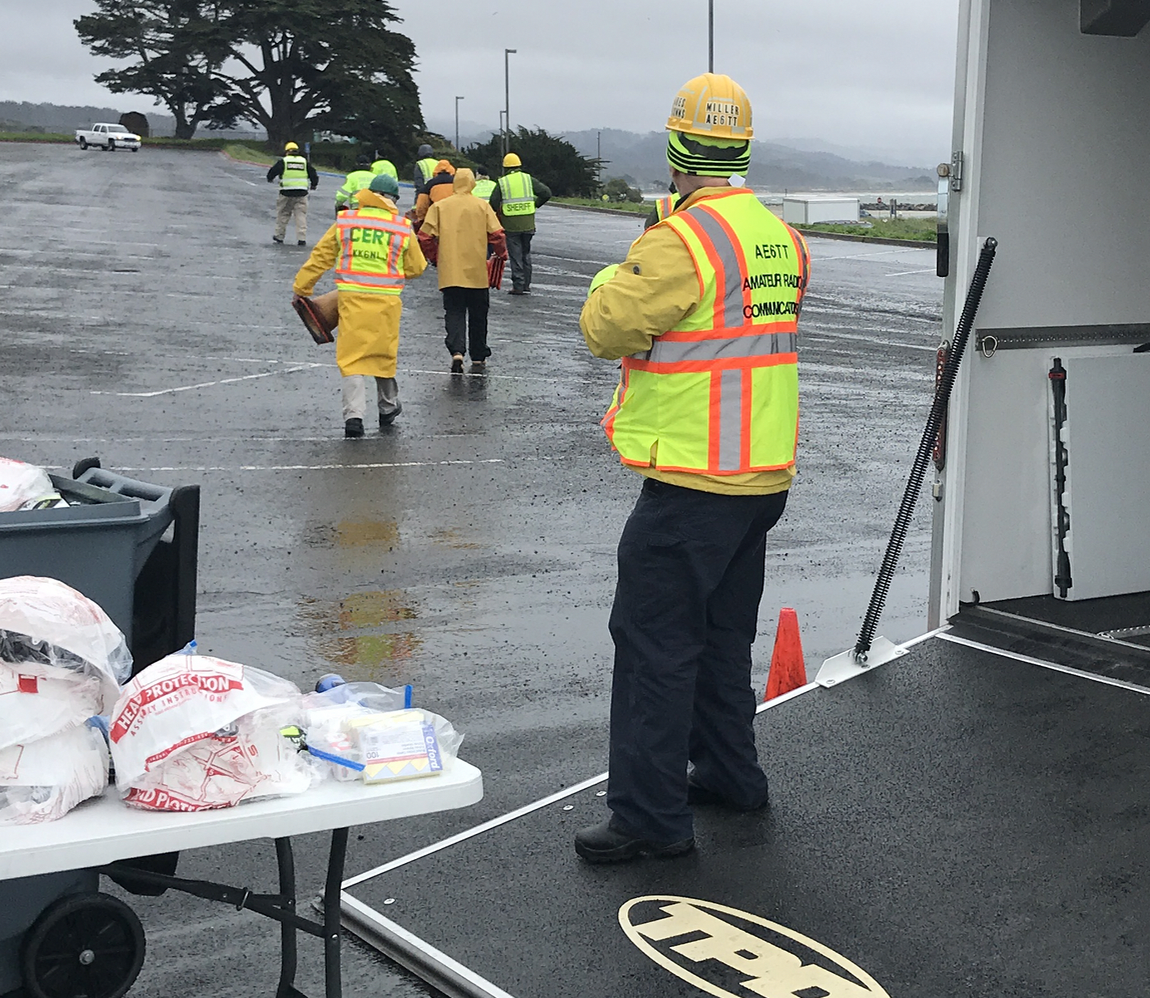 team members arrived at POD site
team members arrived at POD site- site hazard assessment complete
- communications established with EOC
- inspect pod kit
- determine the location of the supply loading and vehicle lines (consider volunteer pedestrian safety)
- establish the Portapotty location
- established the dumpster location
- establish the break area location
- set up traffic cones around the vehicle line
- ensure supply trucks can enter and exit safely
- assign staffing positions
- distribute PPE
- conduct a safety briefing
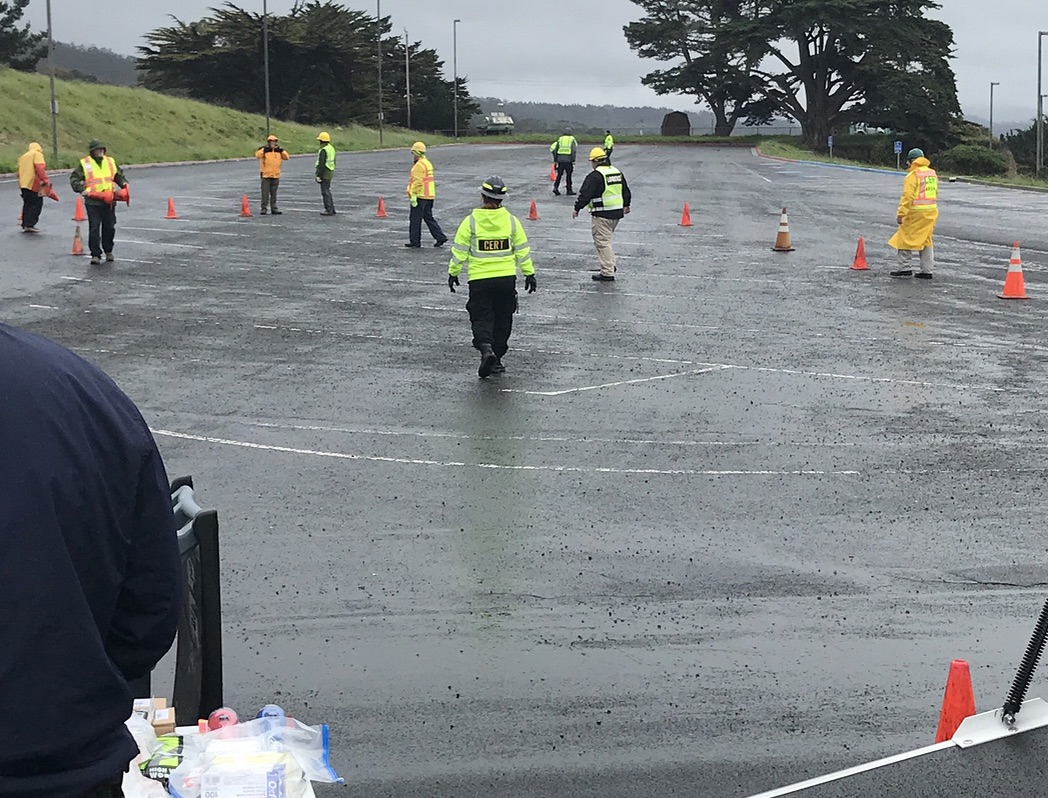
- determine signage locations
- receive Porta potty‘s new line receive dumpster
- receive pallet jack
- receive first aid supply
- notify EOC that the pod is ready for opening
- put up signage
- open pod
- notify the EOC that the pod is open
What’s in a pod kit?
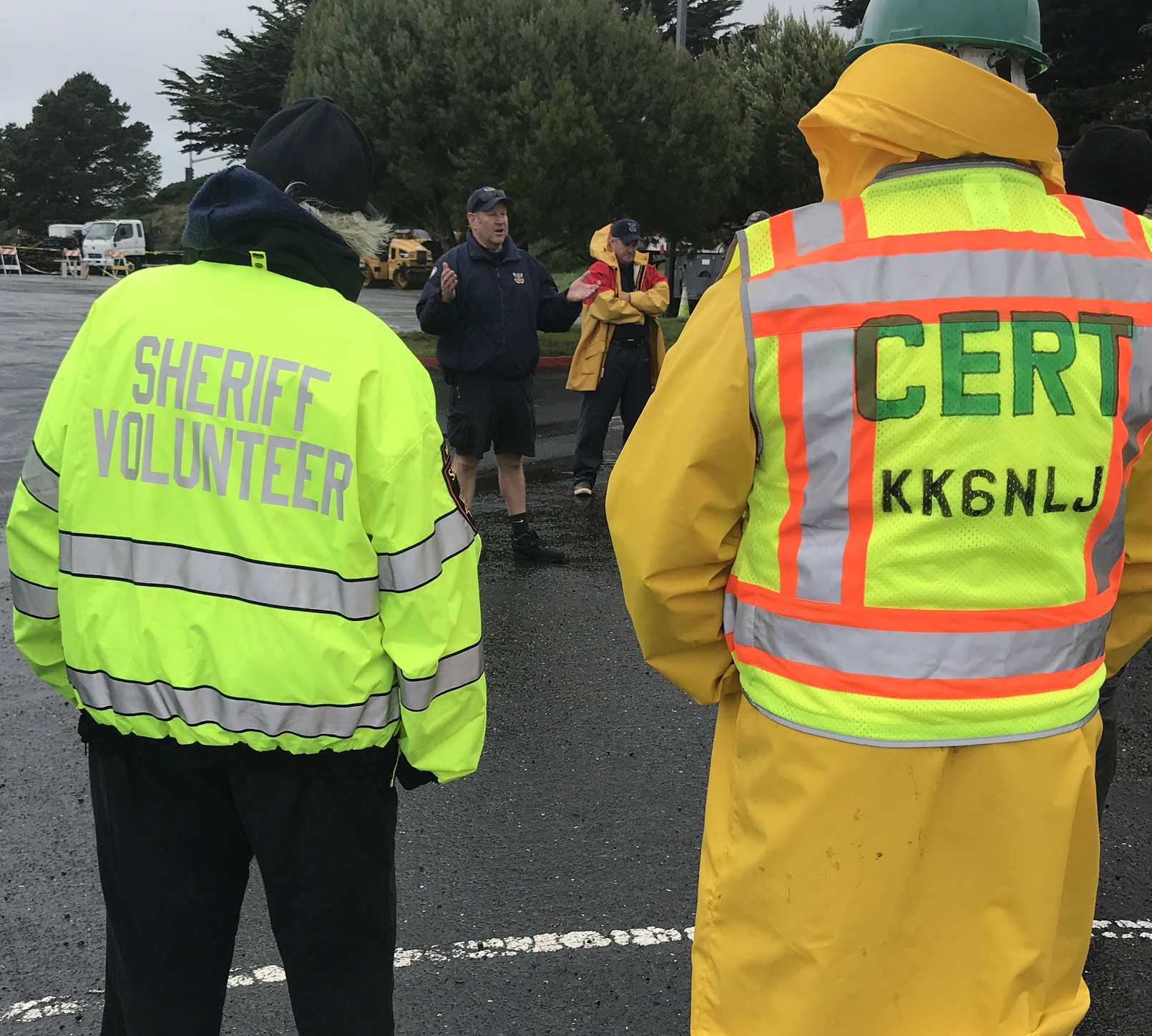
- equipment provided review
- paperwork needed
- sign in sheets
- pod kit inventory sheets
- pod site set up checklist
- inventory sheets with quantities of what is being distributed
Pod operations
- ordering and resupply
- communications
- maintenance
- convergent volunteers
- media
- public and public relations
- pod manager role in overall safety
- PPE
- lifting
- fire extinguishers
- weather injuries
- hazard communication
- workplace violence
Contact
Dan Bennett – OES 99
San Mateo County Sheriff’s Office
Emergency Services Bureau
650-363-4012


